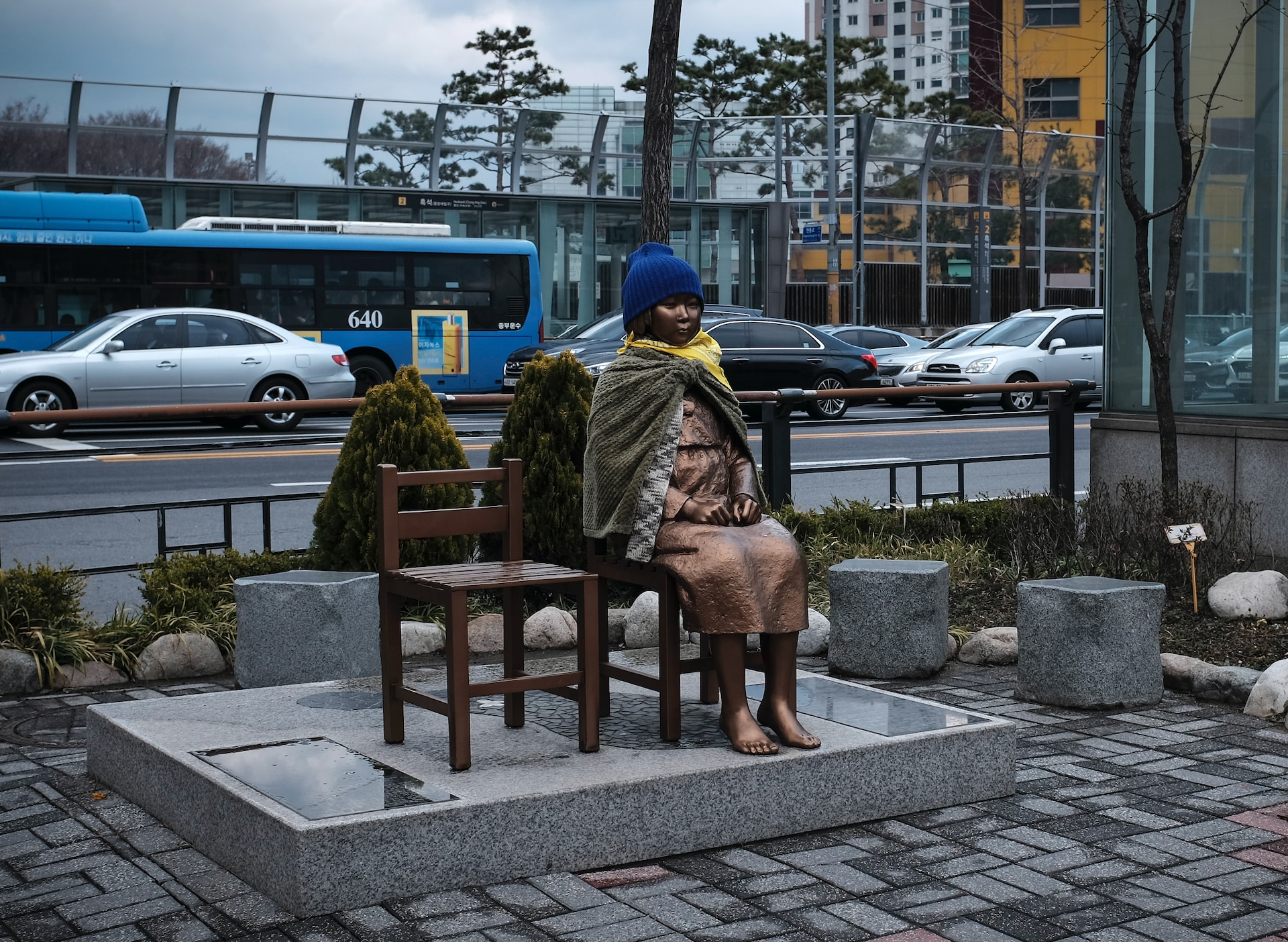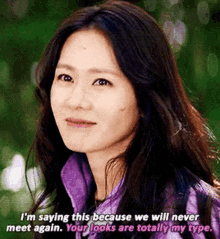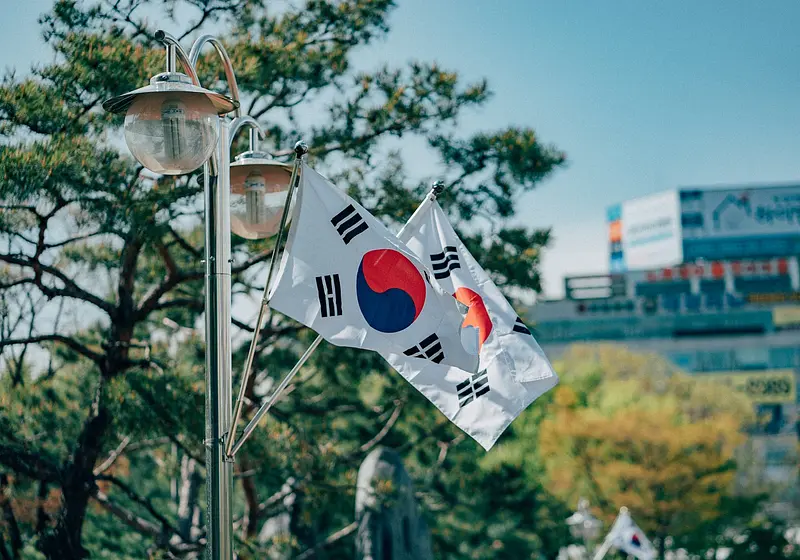Human trafficking is a major global issue that particularly harms female children. According to a Statistic Report by Bed Bible, over 51% of human trafficking cases involve children. Although a large amount of human trafficking goes undetected, it has no doubt made its mark as a serious issue in today’s society.
But a less well known piece of human trafficking history is essential for the much needed reporting on the trauma of sex slavery. This is the history of Korean Comfort Women.
Let us slide into your dms 🥰
Get notified of top trending articles like this one every week! (we won't spam you)The Shocking History of Korean Comfort Women
Korean Comfort Women is a euphemistic phrase for young girls and women who were forcibly taken by Japanese soldiers in the 1930’s to be sex-slaves. This took place when Korea was a colony under Japanese rule, and the horrific practice of human trafficking lasted roughly thirteen years. What is more troubling is that the issue of Korean Comfort Women and the atrocities committed by the Japanese government was well-hidden from the public.
But the matter was not completely unknown. The Japanese government was fully aware of it, and so were soldiers that went to war. However, the issue began to be discussed openly after South Korea’s democratization in 1987, but the real impact was made when survivors began to testify in 1991.
While human trafficking is an important issue, it is difficult to get first-hand accounts from survivors, which is why these Korean women who have survived are essential for educating the public on the traumatic effects of sex slavery.
Take the Quiz: Which Indian city is the perfect holiday spot for you!?
Let's match you with an Indian city that you would love!
Testimonies from Women
Kim Hak-Sun (Hak-Soon) was one of the first survivors to testify in South Korea on August 14, 1991. She described in detail her experience at the comfort stations, where she was taken to become a sex slave at the age of 17. Kim discussed the horrible conditions and the assault that she endured on a regular basis.
If any of the women tried to run away, they were killed or tortured. If they came down with a disease, they would be abandoned. Kim Hak-Sun passed away at the age of 73 in 1997, but her legacy did not stop there. She helped survivors to come forward and bring to light the horrific atrocities they suffered at the hands of Japanese soldiers.
Women like Kim Hak-Sun have taken brave steps to publicly share their stories and condemn the Japanese government. Many of them have openly talked about lasting traumatic effects, from the loss of their personal identities and to losing their families to disease. Lee Yong Soo, a victim who testified before the U.S. House of Representatives’ Foreign Relations Committee in 2007, is one of these women.
Lee said many women become infertile due to forced injections of the Salvarsan or Arsphenamine, drugs that were administered to prevent syphilis. Survivors bear scars from stabbings and other physical injuries inflicted by the soldiers. Some victims had their wombs removed and many others became unable to bear children for other reasons.
Lasting Invisible Wounds
Not only were these lasting physical issues serious, but their mental and emotional trauma perhaps had the biggest toll on the survivors. Lee Yong Soo said she suffered from psychological trauma and PTSD (post-traumatic stress disorder). Marriage rates were low, but the rates of suicidality were high.
Women turned to alcohol to cope with the psychological effects. Although there is not a lot of information about the trauma these women endured shortly after liberation from the comfort stations, Comfort Women’s testimonies show that their lives were incredibly difficult.
Pre-martial sex is heavily looked down upon in Korean culture, and was even more so during the mid-20th century when Confucian culture was dominant. For those who may not be familiar with Korean Confucianism, it in part teaches purity is essential and sex is considered a highly sacred act. So the majority of victims decided to keep quiet about their time in the brothels for fear of ostracization and humiliation.
Survivors who returned to their families also did not share their painful stories because of the social stigma they experienced. They felt lifelong guilt and shame, which is why some to this day do not want to identify themselves as Comfort Women. As a result, many suffered from physical and psychological conditions that required medical help, but in the end they would never receive them.
Learning from the Pain of the Past to Change the Future
We must learn from Korea’s history so that we can address the global crisis of human trafficking today. We must pay attention to the current issue of human trafficking, especially its young victims. Although the story of Korean Comfort Women is from nearly a century ago, the traumatic experiences and lasting effects are most likely not that different from what current survivors of human trafficking are enduring.
Through their testimonies, we have more knowledge about the sufferings of victims and the violation of their human rights. With this, we as a society should advance ways to help survivors and prevent incidents of human trafficking.
Not only that, but because a lot of cases of human trafficking go undocumented, more effort should be put into research. The story of Comfort Women was not known until decades after it happened, and the same should not happen to the stories of those who have experienced human trafficking.
What Korean Comfort Women Can Teach Us Now

Image Credit: Hakan Nural from Unsplash
Many organizations have appeared since the late 1900s in support of Comfort Women. Famous examples would be the Korean Council for the Women Drafted for Military Sexual Slavery by Japan, which demanded the Japanese government to take responsibility, and the House of Sharing, a nursing home created to care for Comfort Women. (Note: both have come under fire for misusing funds, but they are still the primary sources for Comfort Women support in Korea.)
Organizations have also helped to spread awareness by protesting, which includes the famous Wednesday demonstrations in front of the Japanese embassy in Seoul. A statue of a young girl also has a place in front of the Japanese embassy as a constant reminder of the painful history of Korea.
Right now, there are numerous organizations that help women and children world wide. And you can take action right now to make a difference. Research more about the issue and take action in any way that you can: attend protests or donate to an organization. Some other ways to help are volunteering for anti-trafficking efforts, partaking in training for human trafficking awareness, and tipping authorities if you suspect a case of human trafficking. (The National Human Trafficking Hotline is 1-888-373-7888.)
Raising awareness through past testimonies of Korean Comfort Women may help change the future. The more people that are educated about this issue, the more survivors can be helped.















